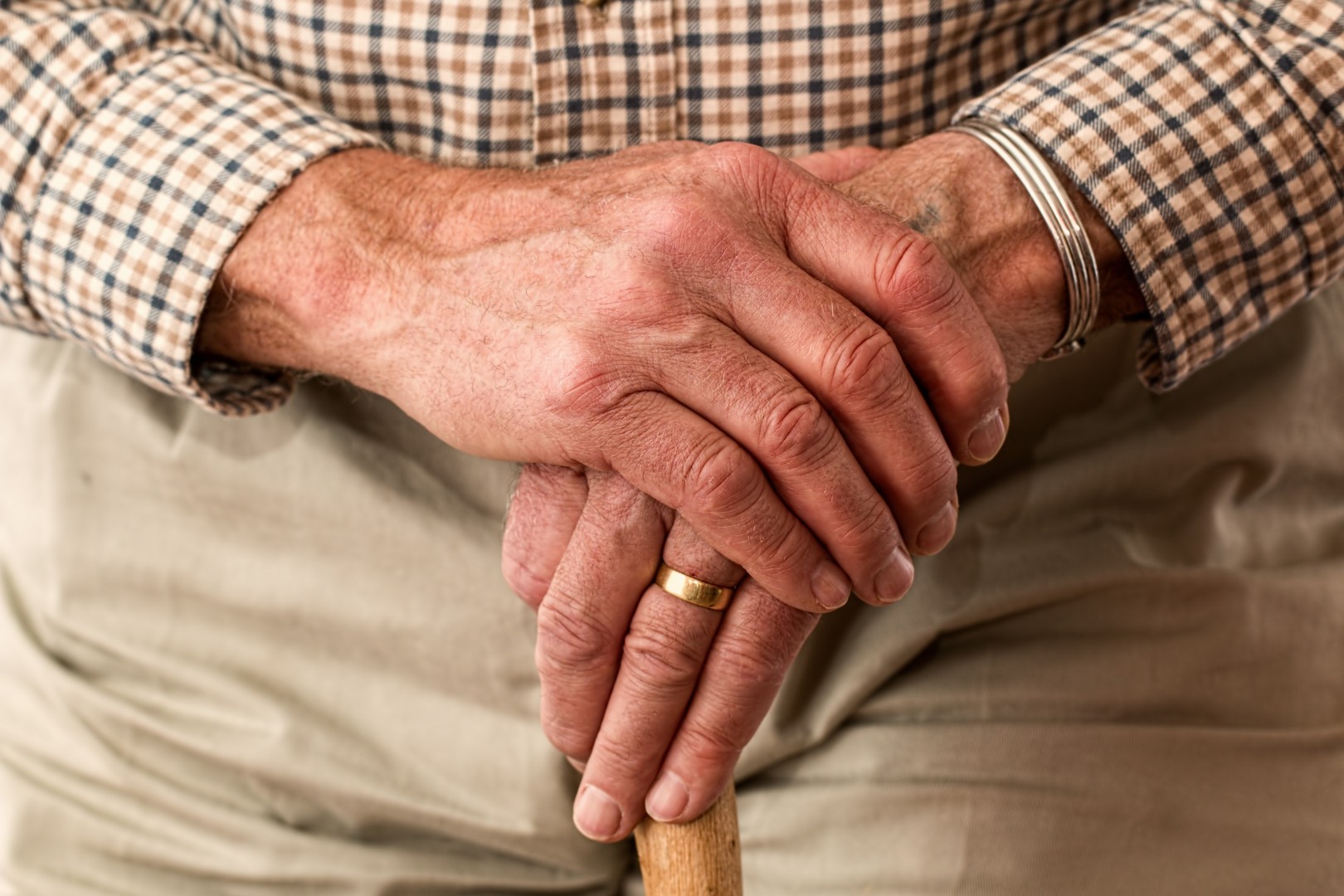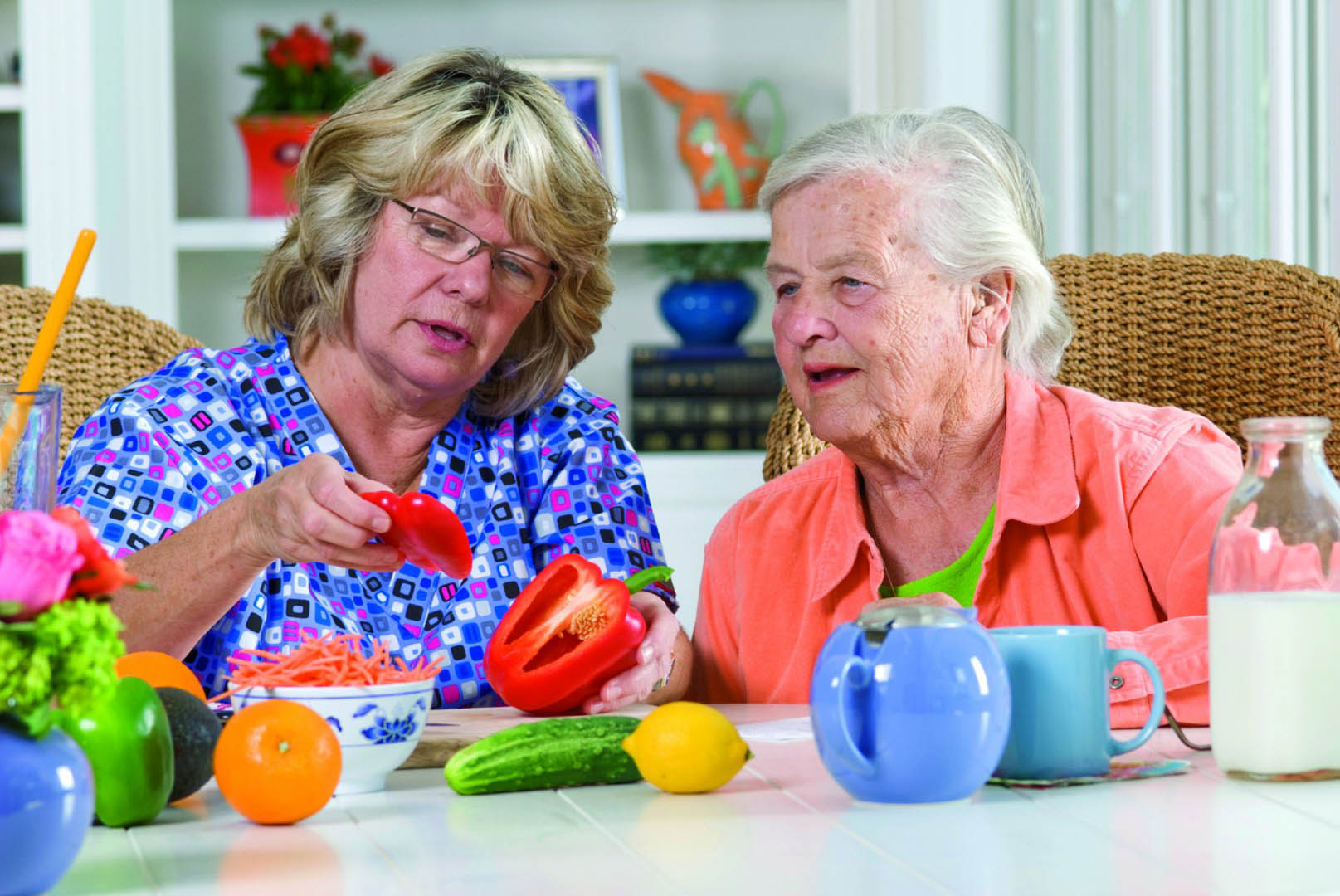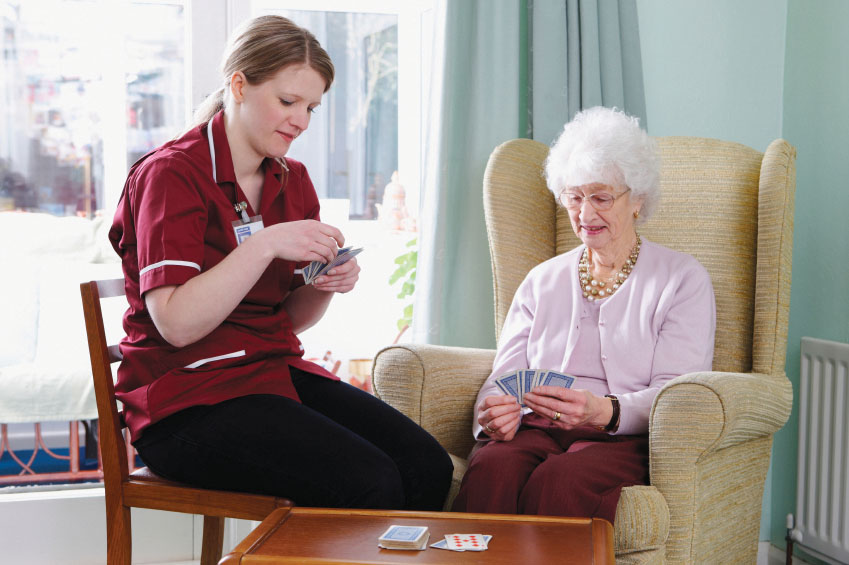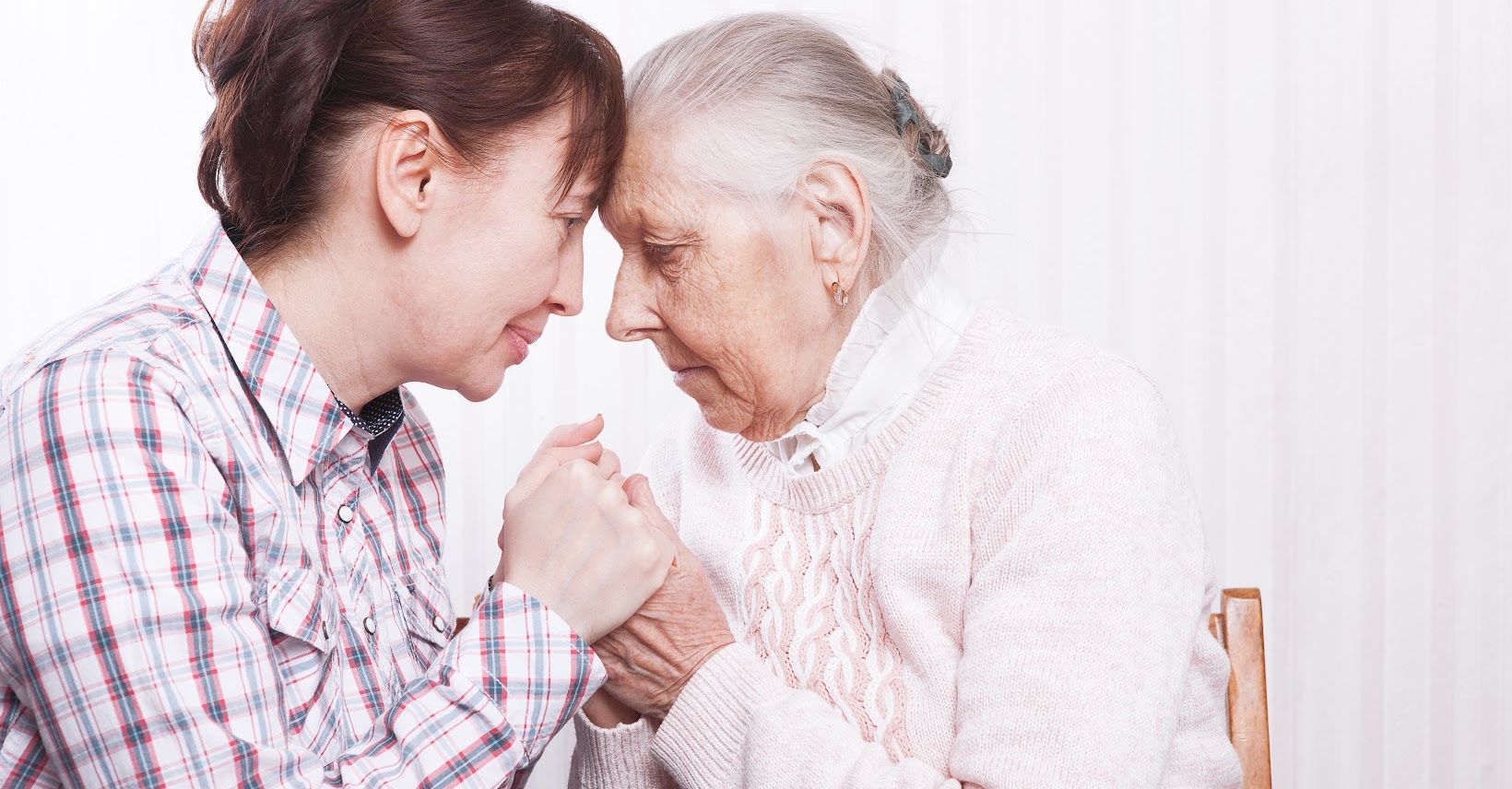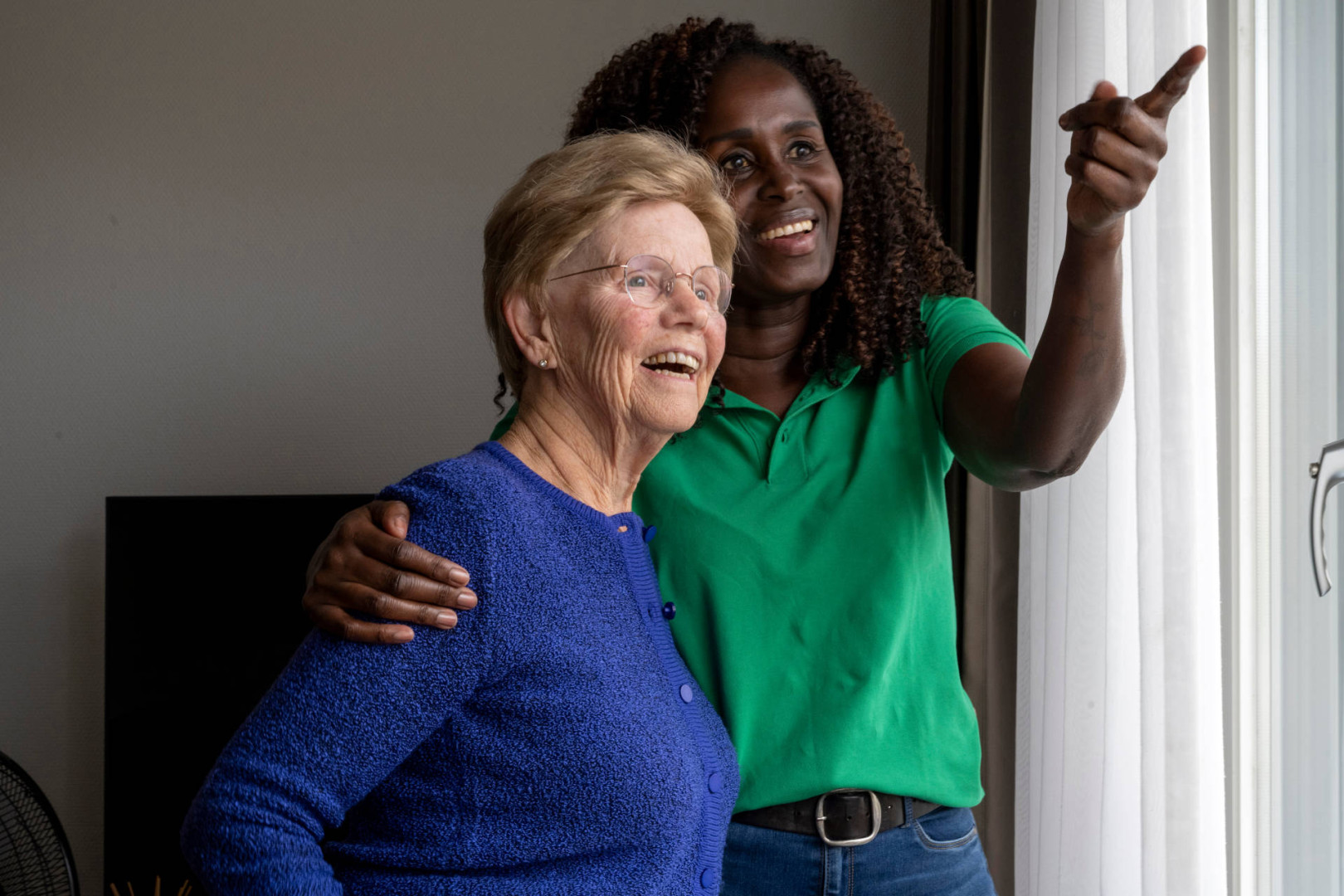Ten days after bringing him home from the hospital, Irene Geley watched her father, Stefan Kuszper, die. The last 15 minutes were terrible, she remembers – his breathing changed, his face was jerking and his chin was twitching. The last shot, to ease his pain, was injected by her hands.
“I have no regrets about anything” she said recently, adding: “My regret is that we did not bring him back [home] sooner.”
Ms. Geley had watched her 86-year-old father, a truck driver whom she described as a tough guy, try to pull out his IV and refuse to take his medicine at Toronto’s Sunnybrook Health Sciences Centre. Mr. Kuszper suffered from dementia, but still had a firm grasp on one fact: he did not want to die of cancer in the hospital.
In fact, most Canadians say they would want to die at home, acknowledged a Royal Society of Canada report on end-of-life decision making, released earlier this month. Yet it’s a rare feat: Canada ranked ninth in an international Quality of Death index last year, with 69 per cent of deaths still occurring in hospital. Ontario Health Minister Deb Matthews has requested a report on palliative-care services in the province, with an eye to improving care for people at end of life, saying “very often in the health-care system, we don’t pay nearly enough attention to end of life.
“We’re much more about getting people better than actually helping them have the best death possible,” She expects an initial report on the matter by the end of next month.
There were days at Sunnybrook, Ms. Geley remembers, when her father would look at her, obviously “so angry that I put him in there.” She was determined to take him back to his sprawling west-Toronto home, and give him the death that he wanted.
The logistics of arranging for that, she found, would test her organizational skills: home care, medication, juggling different caregivers, arranging family members to work care shifts, plus playing hostess for the many friends and family who wanted to visit. It was a humid, windy July day when she talked through all of it with Lesia Wynnychuk, a family physician who practises palliative care at Sunnybrook.
“If you take someone home to die, they will die at home. That means they are going to deteriorate, this person will stop breathing and you will comfort and support [them],” Dr. Wynnychuk said in an interview afterward. “In a perfect world, we should be able to go home and it should be easy, but we’re so far away from making it happen.”
After taking him home, Ms. Geley settled her father into the ground-floor den, which she had turned into a makeshift bedroom. She would sleep on an inflatable airbed in the family room next door – or at least that was the plan. Mr. Kuszper, not a good sleeper, was awake until 3 a.m. that first night. And when he did sleep, Ms. Geley still couldn’t rest easy. “You don’t sleep when you are listening to somebody breathe.”
The following day, there were some kinks in his care – a tube used to inject [pain medication] didn’t fit the port; a doctor was required to suction out secretions Mr. Kuszper could not cough up on his own, but a physician hadn’t yet been assigned to his care. Ms. Geley realized that the support she assumed would be at her fingertips required some action on her part, and she started making calls.
Meanwhile, life carried on. Operating on just a few hours sleep, Ms. Geley made bacon and eggs for her brother, Walter Kuszper; her mother Genia, 87, stood outside, sorting garlic she had pulled from the garden.
Several feet away, Mr. Kuszper was lying on his side, under white sheets, with a view of his neighbour’s home. He understood little about the squamous-cell cancer of the mandible that spread through his body but had told his daughter earlier, through tears, “I know I’m really sick.”
The following day, the health workers started to arrive: a nurse, an occupational therapist, a personal support worker and a speech language pathologist all paid visits to the home, according to Liza Pramparo, palliative case manager for the Mississauga Halton Community Care Access Centre. The case, she said in a telephone interview, had been deemed urgent. “His condition was so poor that when he got home, he needed someone quickly.”
Harvey Pasternak, palliative-care physician who does home visits for Toronto Grace Hospital, also arrived. He told the family it was his job to help them care for their father, and he was available by telephone any time.
In a matter of days, Mr. Kuszper became unresponsive. Ms. Geley knew from a brochure provided by Sunnybrook that he would eventually become unconscious. In the last 15 minutes of his life, on the morning of July 28, she administered his last dose of [pain medication], to ease his pain. Dr. Pasternak was by her side shortly afterward, to pronounce Mr. Kuszper dead and ease the transition to the funeral home.
“What drives families out of their home is the anxiety of not knowing what’s going on,” said Dr. Pasternak in a telephone interview. “So the fact that someone is available by telephone is very comforting to families who don’t want this anxiety of not knowing what to do. A lot of what we do is availability.”
Taken from The Globe and Mail website at http://www.theglobeandmail.com/life/health/end-of-life/when-its-time-to-die-home-is-where-the-heart-is/article2251395/

